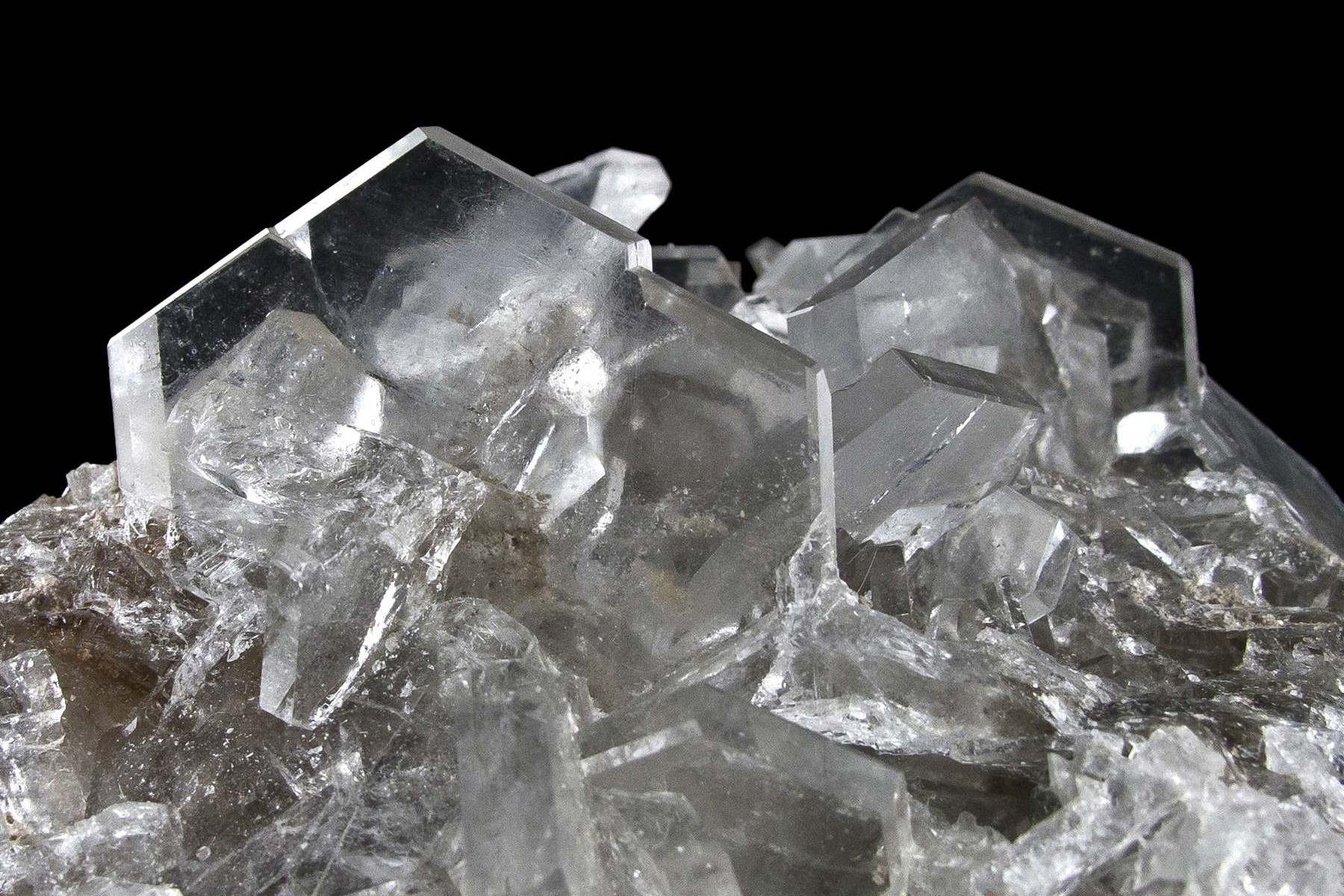
Apachite is a rare and fascinating mineral that captures the interest of geologists and collectors alike. Found primarily in the Apache Mountains of Texas, this mineral boasts a unique blue-green hue that makes it stand out. But what exactly makes Apachite so special? Apachite is composed of copper, aluminum, and silicate, giving it a distinct chemical structure. Its formation process involves volcanic activity, which contributes to its rarity. This mineral is not just a pretty face; it has intriguing properties and a rich history. Whether you're a budding geologist or just curious about unique minerals, learning about Apachite can be both educational and exciting. Ready to dive into 35 amazing facts about this captivating mineral? Let's get started!
Key Takeaways:
- Apachite is a rare, blue-green mineral found in Arizona, prized by collectors for its unique properties and striking appearance. It's named after the Apache tribe and forms in oxidized zones of copper deposits.
- Apachite, pronounced "uh-PAY-chite," is a delicate mineral with a layered structure similar to mica. It's primarily used in jewelry and educational settings, and should be preserved in a dry, stable environment.
What is Apachite?
Apachite is a rare mineral that has fascinated geologists and mineral collectors alike. Its unique properties and formation process make it a subject of interest. Here are some intriguing facts about this mineral.
-
Apachite is a phyllosilicate mineral, which means it has a layered structure similar to mica and clay minerals.
-
The mineral was first discovered in the Apache County of Arizona, which is how it got its name.
-
Apachite typically forms in oxidized zones of copper deposits, often found alongside other copper minerals.
-
Its color ranges from blue to green, making it visually striking and highly sought after by collectors.
-
The mineral has a monoclinic crystal system, which means its crystals form in a specific, elongated shape.
Chemical Composition of Apachite
Understanding the chemical makeup of Apachite can give us insights into its properties and uses. Here are some key points about its composition.
-
Apachite's chemical formula is Cu9Si10O29·11H2O, indicating it contains copper, silicon, oxygen, and water molecules.
-
The presence of copper gives Apachite its distinctive blue-green color.
-
It also contains silicon, a common element in many minerals, contributing to its structural integrity.
-
The mineral is hydrated, meaning it includes water molecules within its crystal structure.
-
Apachite is often found in association with other copper silicate minerals like chrysocolla and dioptase.
Formation and Occurrence
The formation process of Apachite is as fascinating as the mineral itself. Here are some facts about where and how it forms.
-
Apachite forms in the oxidized zones of copper deposits, usually near the surface where oxygen is more prevalent.
-
It is often found in arid regions, where the lack of water helps preserve its structure.
-
The mineral can form through the weathering of primary copper minerals like chalcopyrite.
-
Apachite is typically found in veins and fractures within host rocks, filling gaps created by geological processes.
-
Significant deposits of Apachite have been found in Arizona, particularly in the Globe-Miami mining district.
Physical Properties of Apachite
The physical characteristics of Apachite make it unique among minerals. Here are some notable properties.
-
Apachite has a hardness of 3 to 4 on the Mohs scale, making it relatively soft compared to other minerals.
-
Its specific gravity ranges from 3.2 to 3.5, indicating it is denser than many common minerals.
-
The mineral exhibits a vitreous to pearly luster, giving it a shiny appearance.
-
Apachite is translucent, allowing light to pass through but not enough to see through it clearly.
-
It has a perfect cleavage in one direction, meaning it can easily split along its layers.
Uses and Applications
While Apachite is not widely used in industrial applications, it has some interesting uses. Here are a few.
-
Apachite is primarily valued as a collector's mineral due to its rarity and striking appearance.
-
It is sometimes used in jewelry, although its softness makes it less ideal for everyday wear.
-
The mineral can be used in educational settings to teach students about mineralogy and geology.
-
Apachite samples are often displayed in museums and mineral exhibitions.
-
It is also studied by geologists to understand the processes that lead to the formation of copper deposits.
Interesting Facts About Apachite
Here are some additional fun and lesser-known facts about Apachite that you might find intriguing.
-
Apachite was first described in 1980, making it a relatively recent discovery in the world of mineralogy.
-
The mineral is named after the Apache tribe, who historically inhabited the region where it was first found.
-
Apachite is often confused with chrysocolla, another blue-green copper mineral, but they have different chemical compositions.
-
The mineral's name is pronounced "uh-PAY-chite", not "uh-PATCH-ite" as some might think.
-
Apachite can sometimes form pseudomorphs, where it replaces another mineral while retaining the original mineral's shape.
Collecting and Preserving Apachite
For those interested in collecting Apachite, here are some tips and facts about preserving this delicate mineral.
-
Apachite should be stored in a dry environment to prevent degradation from moisture.
-
The mineral is sensitive to acid, so it should be kept away from acidic substances.
-
When handling Apachite, it's best to use gloves to avoid transferring oils and moisture from your skin.
-
Apachite specimens should be displayed in a stable, dust-free environment to maintain their luster.
-
Collectors often use specialized tools to carefully extract Apachite from its host rock without damaging it.
The Final Word on Apachite
Apachite, a fascinating mineral, holds a treasure trove of unique properties and historical significance. Its vibrant blue-green hue and intricate crystal structure make it a standout in the world of minerals. Found primarily in Arizona, this mineral has captivated geologists and collectors alike. Its formation process, involving volcanic activity and hydrothermal solutions, adds to its allure. Beyond its beauty, apachite's composition of copper, aluminum, and phosphate offers insights into geological processes. Whether you're a seasoned collector or a curious newcomer, apachite's story is one worth exploring. From its discovery to its various uses, this mineral continues to intrigue and inspire. So next time you come across a piece of apachite, remember the rich history and scientific marvel it represents. Happy collecting!
Frequently Asked Questions
Was this page helpful?
Our commitment to delivering trustworthy and engaging content is at the heart of what we do. Each fact on our site is contributed by real users like you, bringing a wealth of diverse insights and information. To ensure the highest standards of accuracy and reliability, our dedicated editors meticulously review each submission. This process guarantees that the facts we share are not only fascinating but also credible. Trust in our commitment to quality and authenticity as you explore and learn with us.


